When sales and marketing efforts are in sync, companies experience better leads, higher conversions, and increased sales. But all too often, sales and marketing teams operate in silos, leading to miscommunication, inefficiencies, and missed opportunities.
What if you could bridge the gap between sales and marketing to drive better results?
You can – with HubSpot automation! Here are seven ways HubSpot can help bridge the gaps between sales and marketing to maximize your marketing investment and enhance sales activities.

1. Unified Lead Management and Handoff
Challenge: One of the most common disconnects between sales and marketing is the lead handoff process. Marketing generates leads, but they may not always be sales-ready, causing frustration on both sides.
Solution: HubSpot’s automation allows for a seamless lead handoff by implementing lead scoring and lifecycle stages. Marketing can set up workflows to score leads based on engagement and behaviors, ensuring only high-quality leads are passed to sales. Once a lead reaches a specific score or lifecycle stage, HubSpot automatically notifies the sales team for follow-up, ensuring no leads fall through the cracks.
2. Automated Lead Nurturing
Challenge: Marketing-generated leads typically require nurturing before they are ready to engage with the sales team. Without a proper nurturing process, leads may lose interest or forget about your brand.
Solution: HubSpot’s automated workflows enable marketing to nurture leads through personalized email sequences and content offers based on their behavior and interests. These automated nurturing campaigns keep leads engaged and educate them until they are ready to make a purchase decision. When a lead shows signs of being sales-ready, such as engaging with a product demo or pricing page, automation triggers an alert for the sales team to take action.
3. Real-Time Lead Insights and Notifications
Challenge: Sales teams often lack visibility into a lead’s engagement with marketing content, hindering personalized and timely outreach.
Solution: HubSpot’s automation provides real-time insights into lead activities, such as email opens, content downloads, and website visits. Sales teams can receive automated notifications when a lead takes high-value actions, like visiting the pricing page multiple times. This information empowers sales reps to reach out with relevant, timely messages, increasing the chances of conversion.
4. Consistent Messaging Across Departments
Challenge: Inconsistent messaging between sales and marketing can confuse prospects and damage trust. Without a unified approach, customers may receive mixed messages.
Solution: HubSpot allows both teams to work from a single platform, ensuring consistency in communication and branding. Marketing can automate the distribution of approved content and messaging templates to the sales team, ensuring everyone uses the same language and value propositions. Automation ensures that every interaction, whether it’s a marketing email or a sales call, reinforces the same core message.
5. Streamlined Reporting and Analytics
Challenge: Without a clear understanding of how marketing efforts contribute to sales, it’s difficult to optimize strategies or prove ROI. This disconnect can lead to a lack of accountability and misalignment of goals.
Solution: HubSpot’s reporting and analytics tools provide a unified view of the entire customer journey, from lead generation to conversion. Automated reports show how marketing campaigns impact sales metrics, such as lead-to-customer conversion rates and sales velocity. This transparency helps both teams understand what’s working, what needs improvement, and how they can better collaborate to achieve common goals.
6. Automated Follow-Up and Task Management
Challenge: Keeping track of follow-up tasks and ensuring timely engagement can be challenging, especially as lead volume increases.
Solution: HubSpot’s automation creates tasks for sales reps based on lead behavior and sets reminders for follow-ups. For example, if a lead downloads a whitepaper or requests a demo, automation schedules a follow-up task for the assigned sales rep, ensuring timely and relevant engagement. This improves lead management and ensures prospects receive consistent communication throughout their journey.
7. Feedback Loop and Continuous Improvement
Challenge: Without proper feedback and communication, it’s challenging for marketing to understand the quality of leads they generate and for sales to provide input on what makes leads more likely to convert.
Solution: HubSpot’s automation can facilitate a feedback loop between sales and marketing. For instance, sales reps can easily mark leads as unqualified within HubSpot, triggering a workflow that notifies marketing to review and adjust lead generation criteria. This ongoing feedback loop helps both teams continuously refine their strategies for better results.
Connect the Gaps & Improve Sales Effectiveness
When sales and marketing are aligned through automation, businesses can create integrated, consistent experiences, improve conversion rates, and drive predictable growth. Need help getting started? Contact us—we’d be happy to help you strategize your best path to connected sales and marketing activities.
Contact Information:
Jen Roth
612-743-6231
